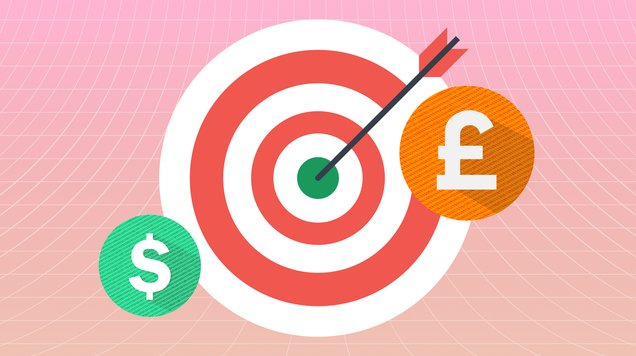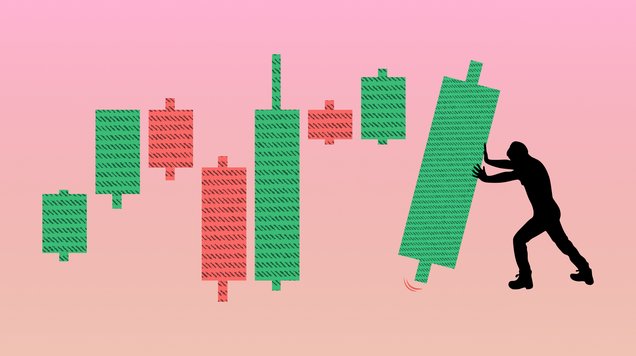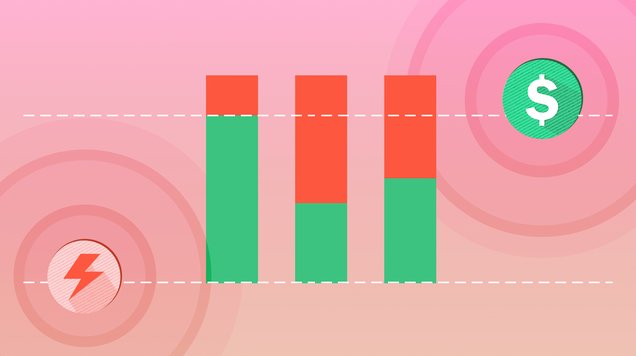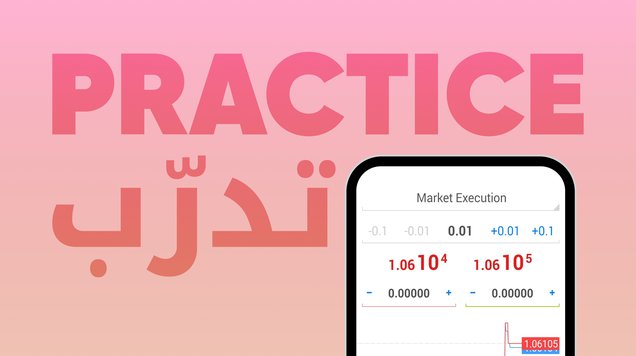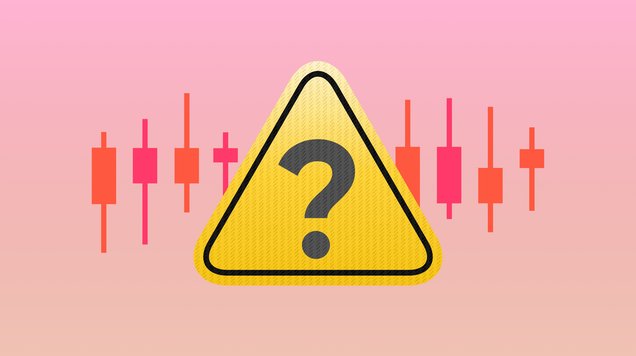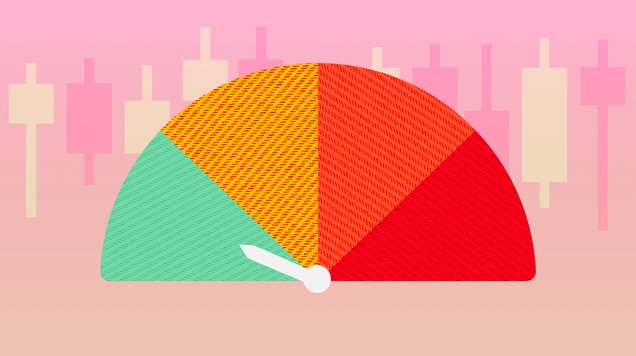Take Profit Explained
Read our guide to take profit orders to learn how to manage risk and enhance your profit potential.

Take profit orders automatically close an open position when a specified price level has been reached
It’s easy and free to set take profit orders on most online trading platforms when you open a trade
Using take profit orders allows traders to spend less time monitoring their open positions
If a take profit order is triggered but the asset’s price keeps moving to favourable direction, there is a risk of missing out on bigger profits as the trade will automatically stop out
What is a take profit order?
A take profit order is a type of a limit order that is used in trading to electronically instruct a trading platform to close an open position when the asset’s price reaches a certain level. Take profit orders are used with the aim to lock in profits if the price moves in the predicted direction.
Based on technical indicators and other approaches of market analysis, traders can decide how much profit they are expecting to earn and then place a take profit order to match that level. The price level at which the position is closed is called the take-profit point.
Take profit orders can also limit potential profits as the order can be triggered before a profitable trend reaches its highest point. Because of this limitation, take profit orders are more popular among traders using short-term trading strategies than long-term investors.
How to place a take profit order
Take profit orders are an important part of a trader’s toolkit, but how do they work in practice? Here’s a few tips to get you started.
When you have a funded trading account and know what you are going to trade next, the first step is to determine a take profit level for your chosen financial product, for example a currency pair. This decision should be based on market analysis as well as your risk appetite and investment goals.
For long positions, the take profit level is placed above the initial entry price because the trader expects the price to rise, and for the short position, the level is below the entry price because the trader hopes to benefit from a drop in prices.
Market analysis plays an important role in identifying the optimal take-profit point. Analysing past price data can help to predict how high the price may potentially go and help identify if the asset is starting to lose momentum.
Support and resistance levels, moving averages and Relative Strength Index (RSI) are examples of technical analysis tools used to calculate take profit levels. Some traders also have a fixed percentage that they use to decide take profit points, but there is no “one-size-fits-all” approach as risk appetites can vary.
Although technical analysis is mainly used to identify ideal target prices for a trade, fundamental analysis may also provide important insights into an asset’s price movement. Following the economic calendar can help you keep up with important company announcements such as earning reports, dividends and stock splits which will likely influence the asset’s future price. There are also advanced analysis tools like trading signals that combine AI and human-led analysis to offer daily trading ideas with suggested profit level targets.
Take profit orders can easily be added to your positions on an online trading platform like MT5. When you open a new position, you add your chosen take profit level with all the other order details including position sizes and stop loss levels.
Your position is then automatically closed when the take profit level is reached, but will remain open if the order is not triggered. It’s also possible to close the trade manually at any time if you wish to do so.
If not set at the start, a take profit order can be added to an open position later on or the original take profit point can be modified as well. You can do this on your trading platform by selecting the open trade you want to change and clicking ‘Modify position’.
Benefits and disadvantages of using take profit orders
Take profit orders are a great tool for traders of levels and there are some key benefits for mastering its use. In this chapter, we will highlight these whilst also explaining some disadvantages that traders should keep in mind.
Take profit is a popular tool amongst traders and especially useful for traders who can’t dedicate a lot of time to monitoring their open positions. With take profit orders, traders can spend less time following the market movements without risking possible profits.
When an asset’s price keeps rising, it’s easy to get excited about the possibility of big profits. However, the price can suddenly make an unfavourable move which would mean that you could make no profit at all. Take profit orders help to limit the influence of emotions and close the trade while it’s still profitable.
On the other hand, take profit orders can also limit possible profits as the price might keep moving in a favourable direction after the take profit order has been triggered. In this case, your position could be closed too early to fully profit from the price movement. Because of this risk, take profit orders are not often used by long-term investors or in highly volatile markets.
Becoming overly reliant on take profit orders is another risk. It’s still important to keep monitoring your trades and the market regularly to be able to adjust your positions and take profit orders accordingly. For example, you can move your take profit order to higher level if you think that a favourable trend is likely to persist in the market.
Combining take profit and stop loss orders
The take profit order is often combined with the stop loss order, which is another essential risk management tool. Take profit orders instruct the platform to close the trade when the chosen profit level is reached, whilst stop loss orders aim to limit losses by triggering a close when the asset’s price reaches the set loss level. All traders will experience losses sometimes, so it's important to attempt to reduce the lost amount so that the difference can be regained on one or more new trades.
Take profit and stop loss orders can be used for all the CFD markets including shares, indices, forex, and commodities, and applied to both long and short positions.
Take profit and stop loss orders are simple but effective tools, and when used together they help you to protect your capital and reduce the overall risk involved in your trades. Your chosen take profit and stop loss levels should always be considerate of your risk appetite. By using both stop loss and take profit orders, traders can have clearer expectations of the potential risks and rewards of their open positions.
Want to learn more about using take profit and stop loss orders? Try practicing with a risk-free demo account that gives you access to real markets with virtual funds, and you can test out using risk management tools without risking any capital.

